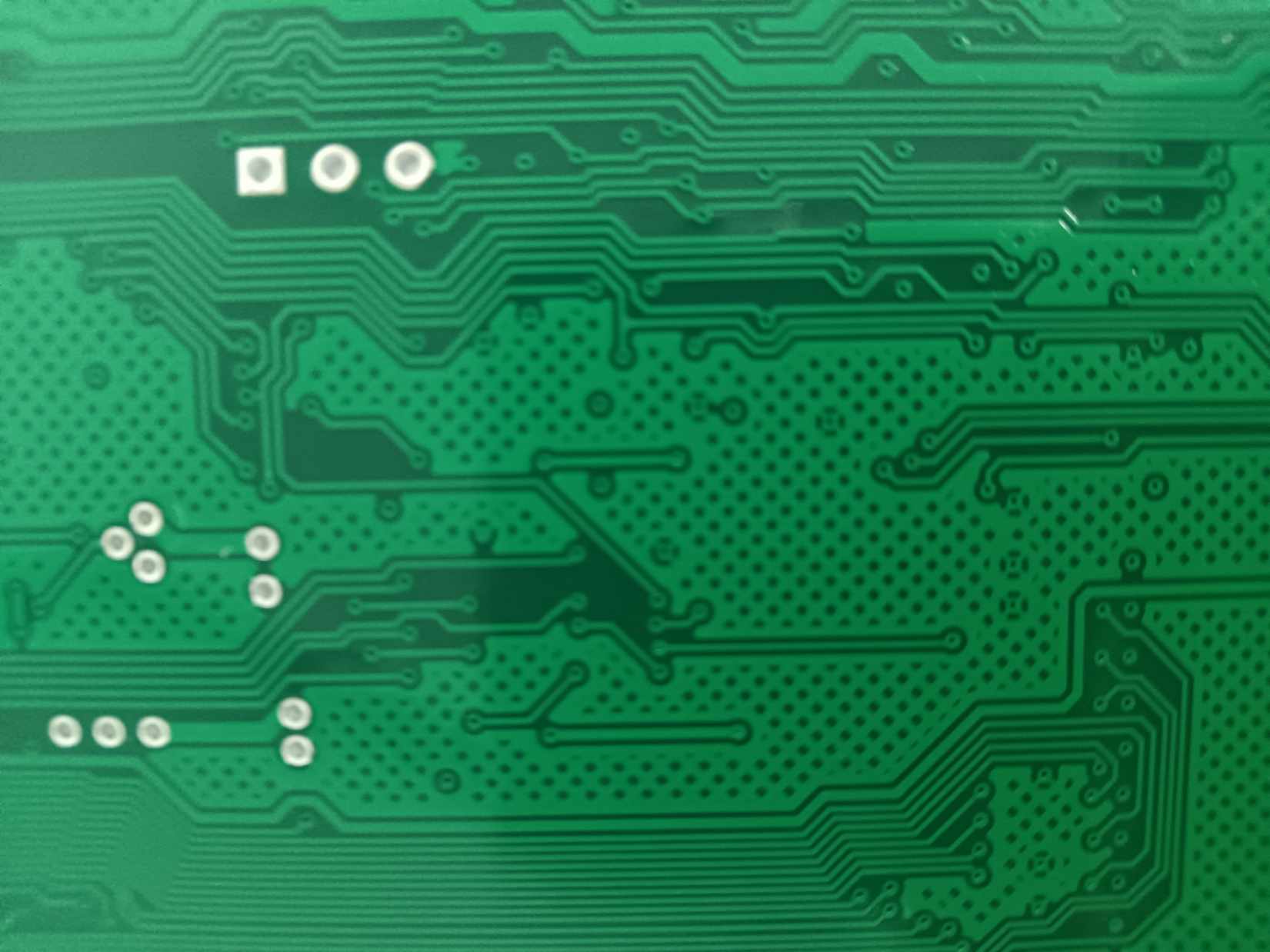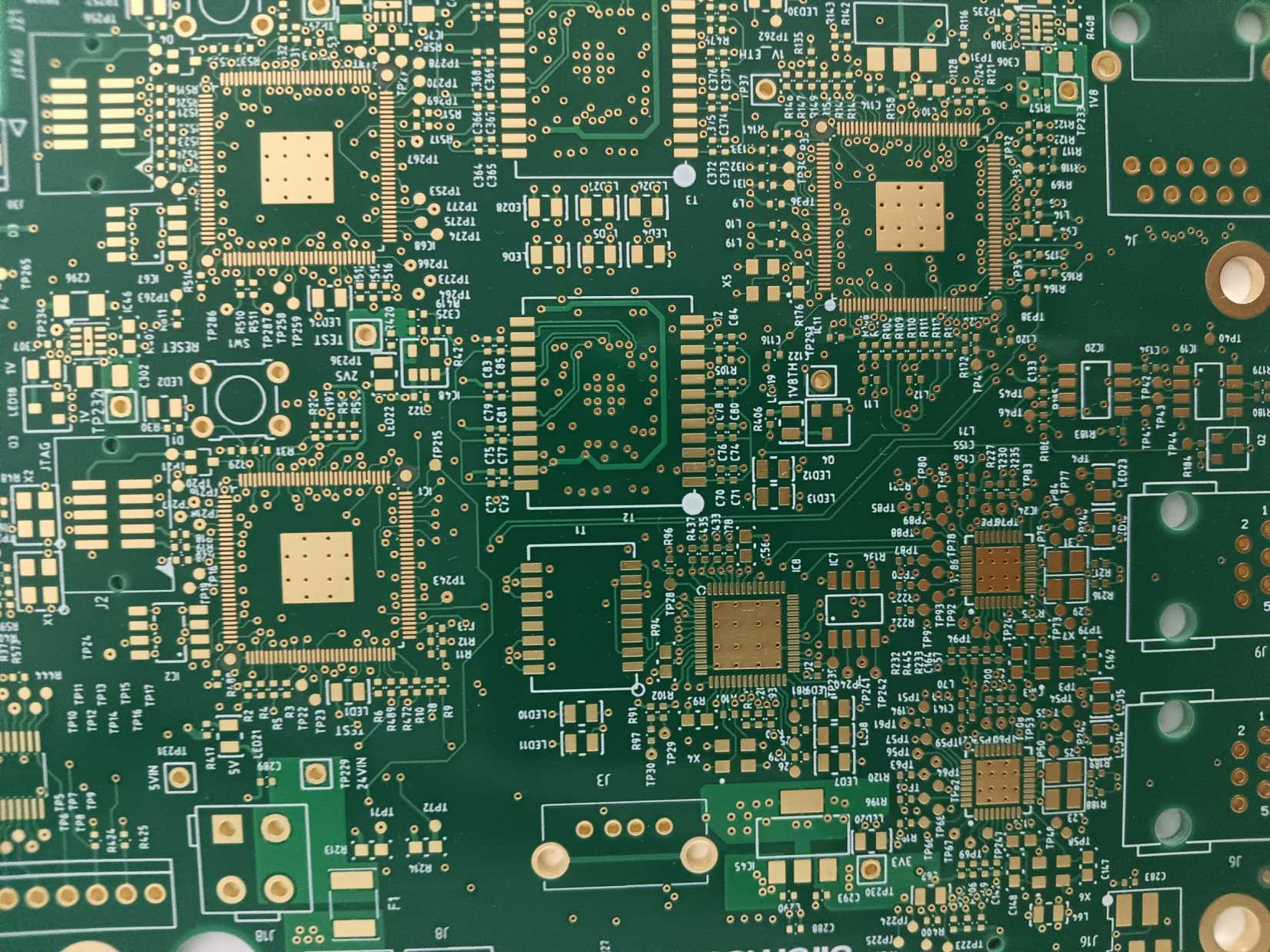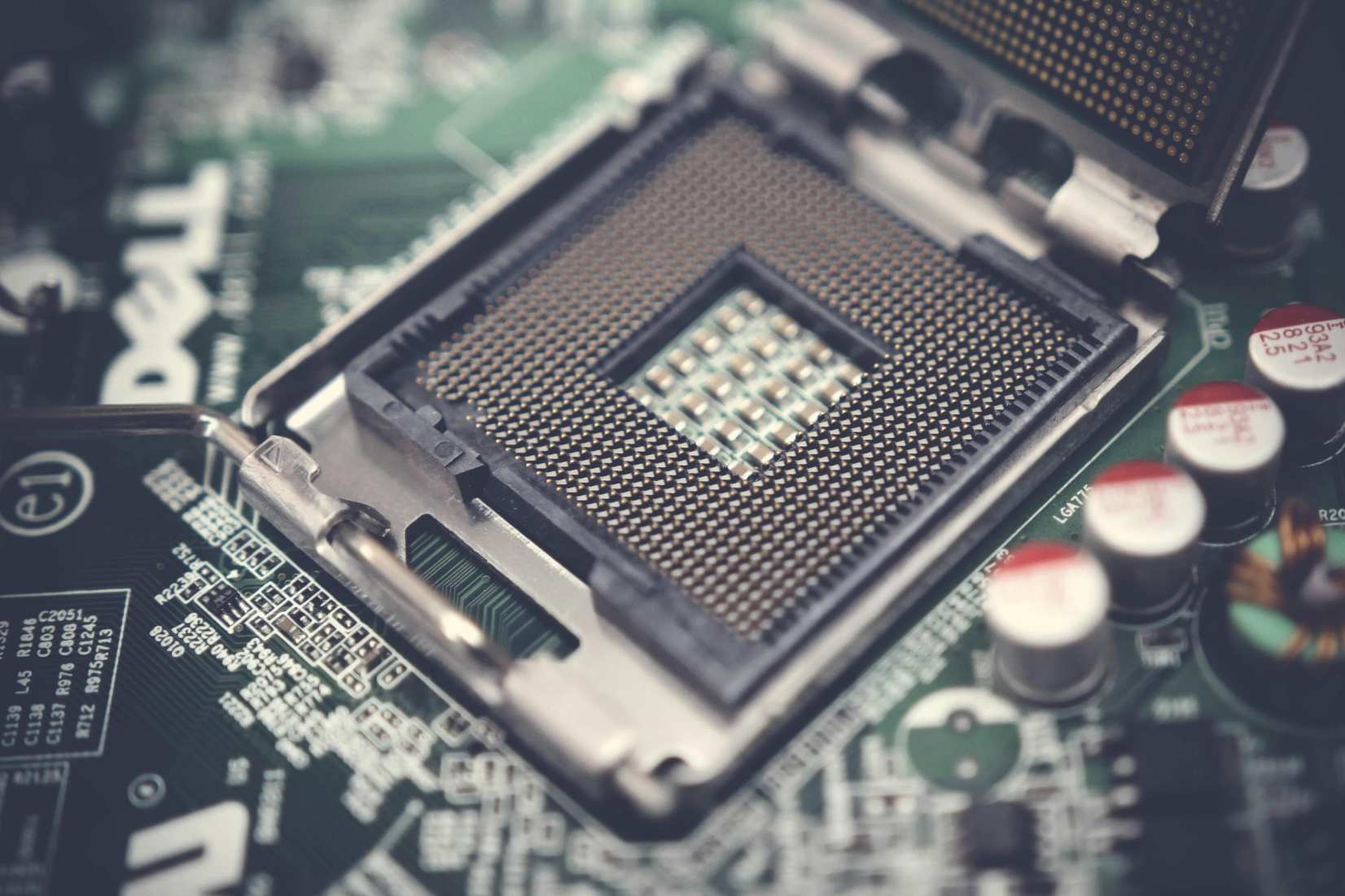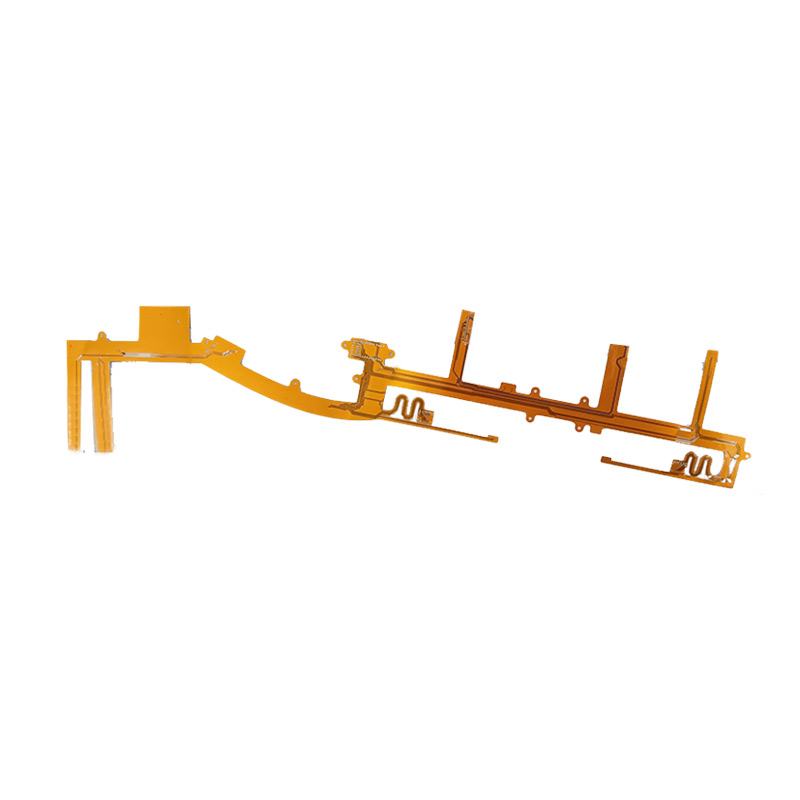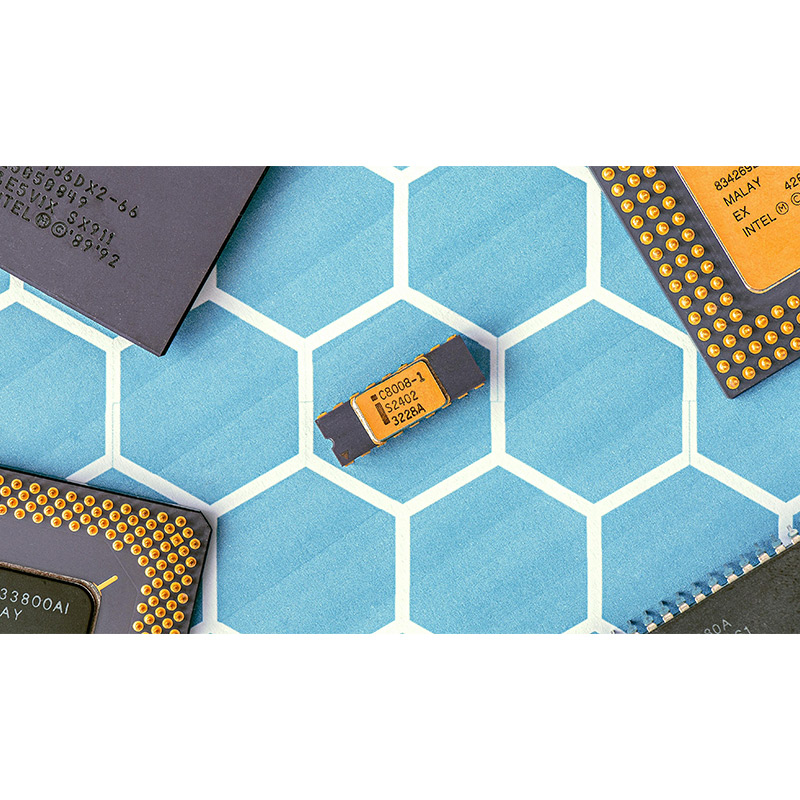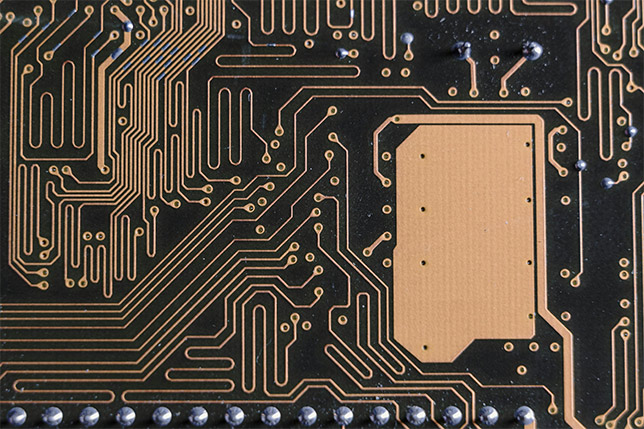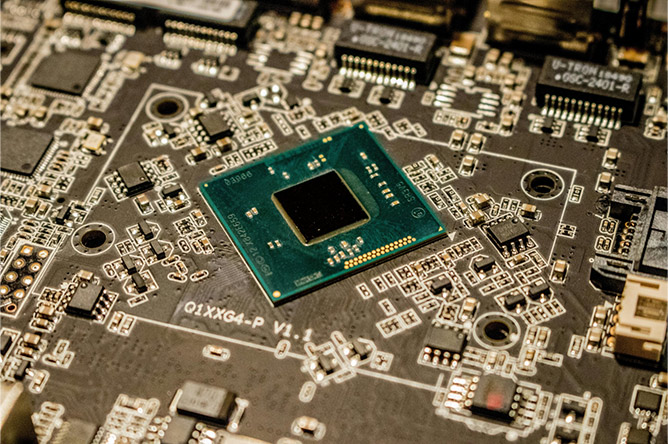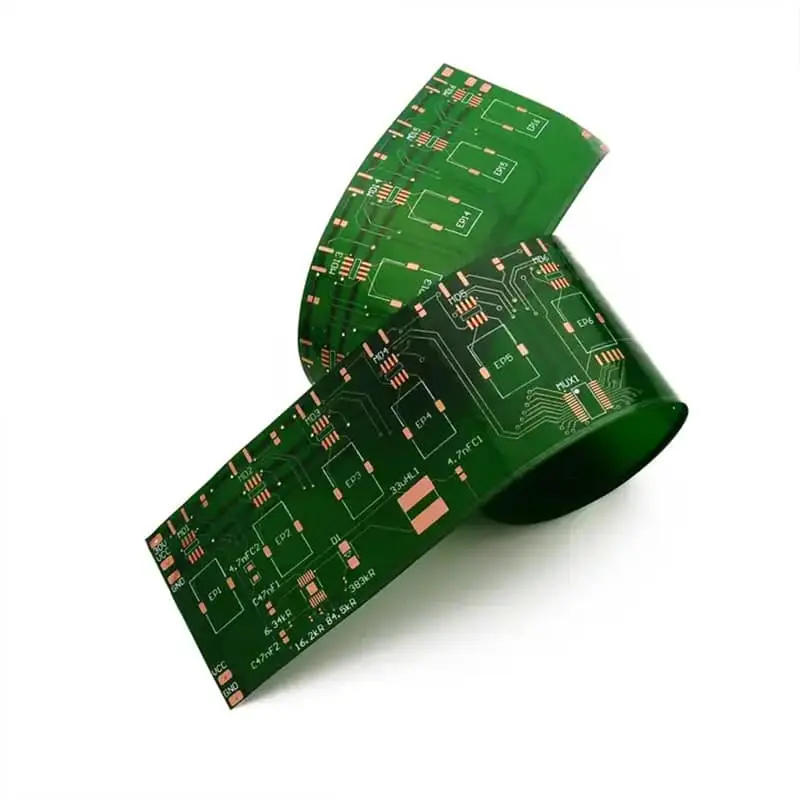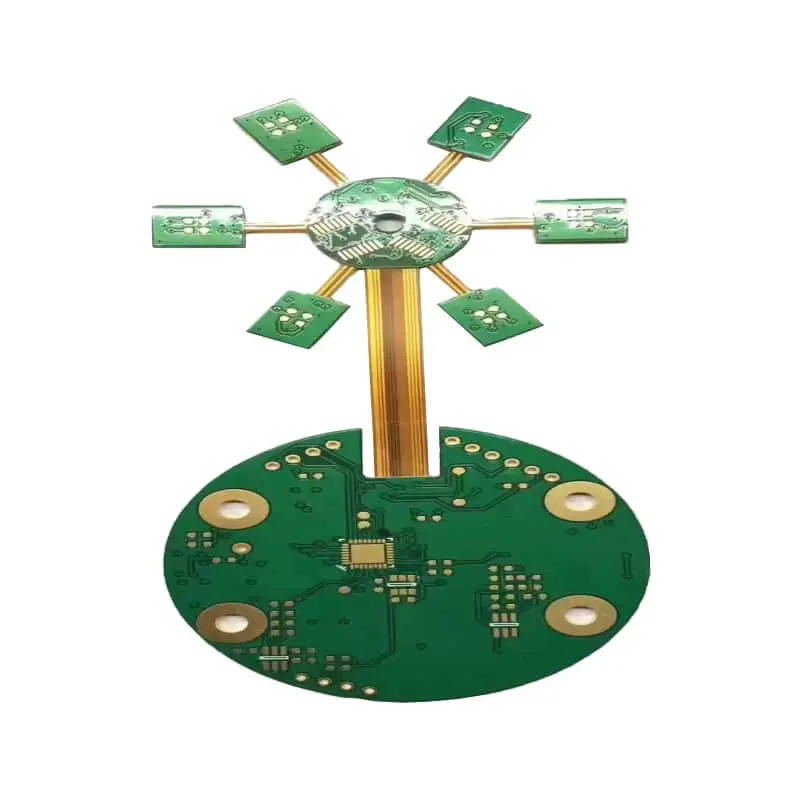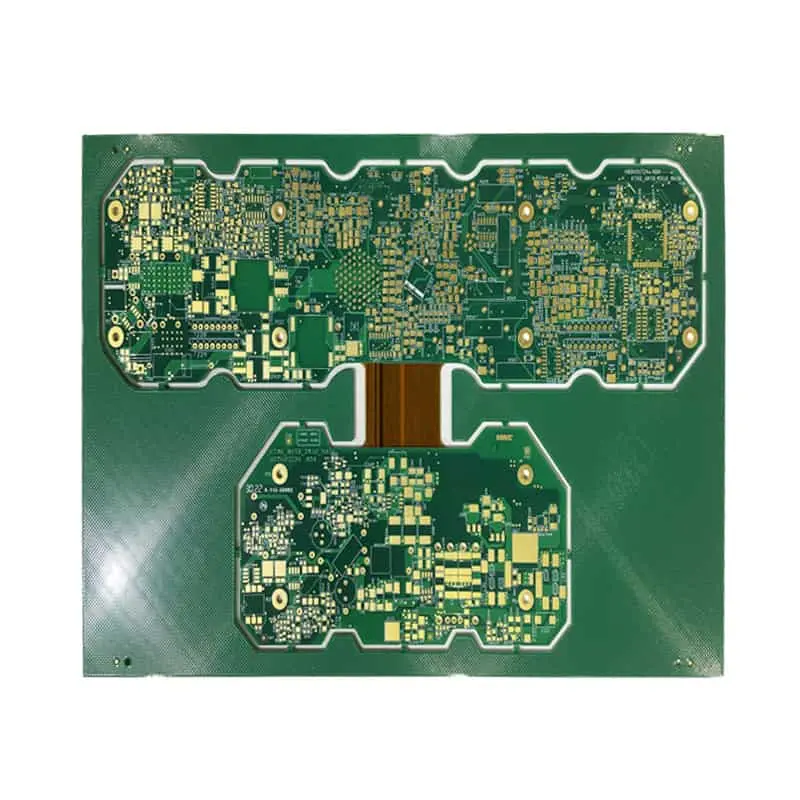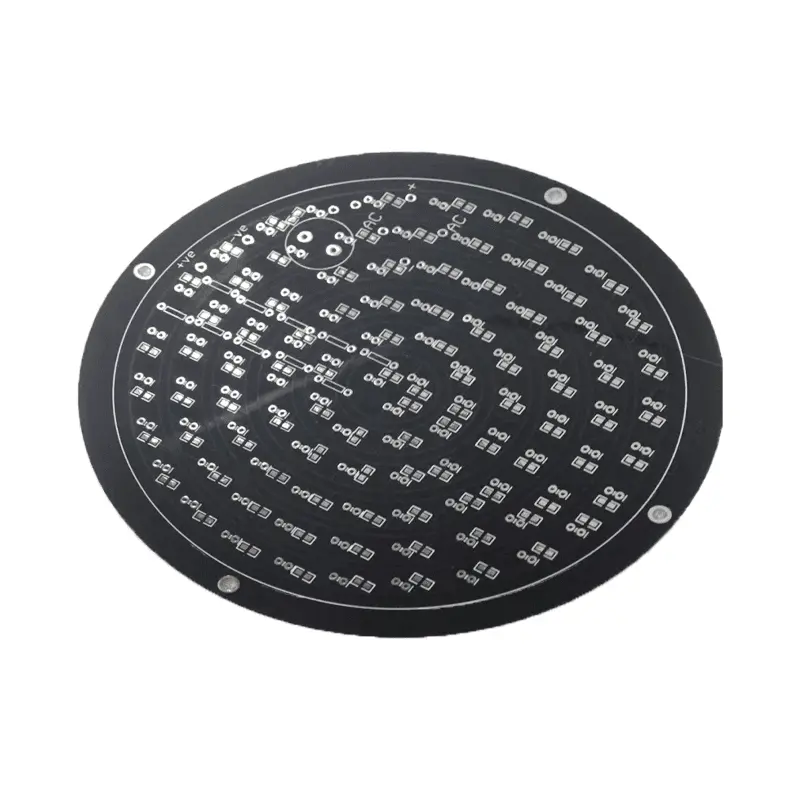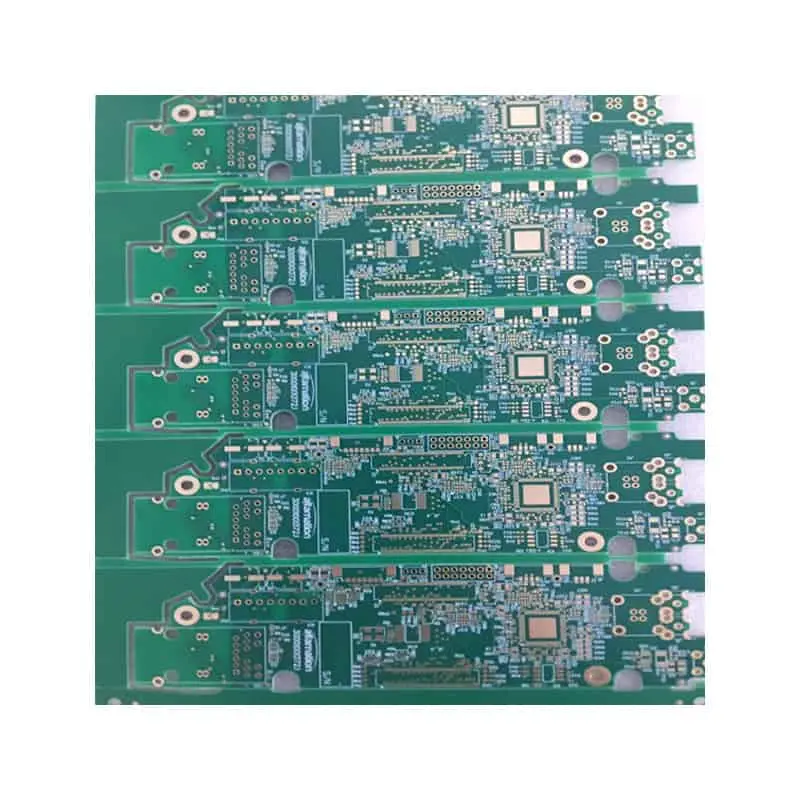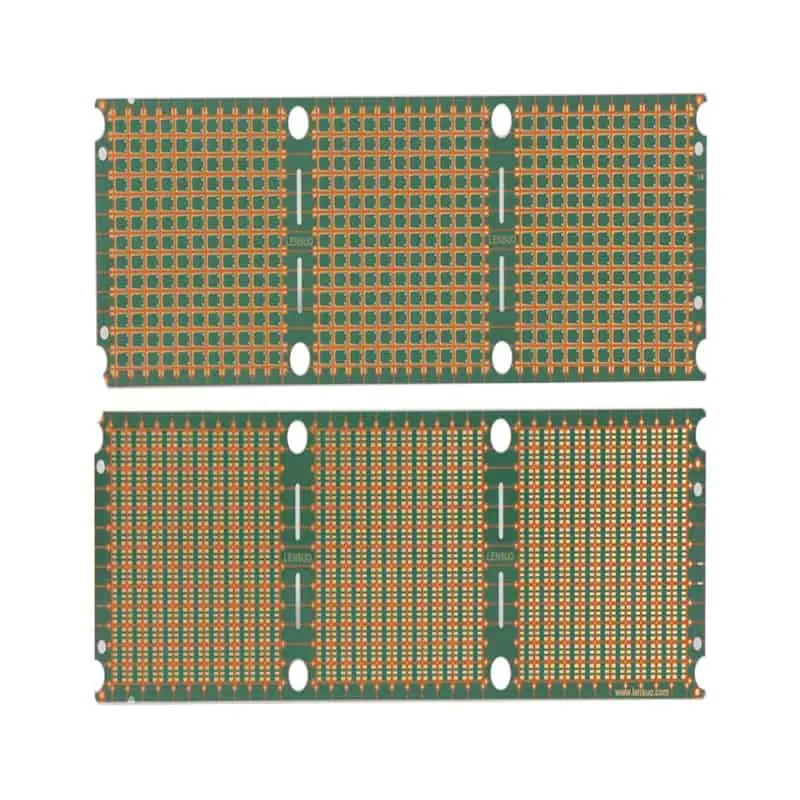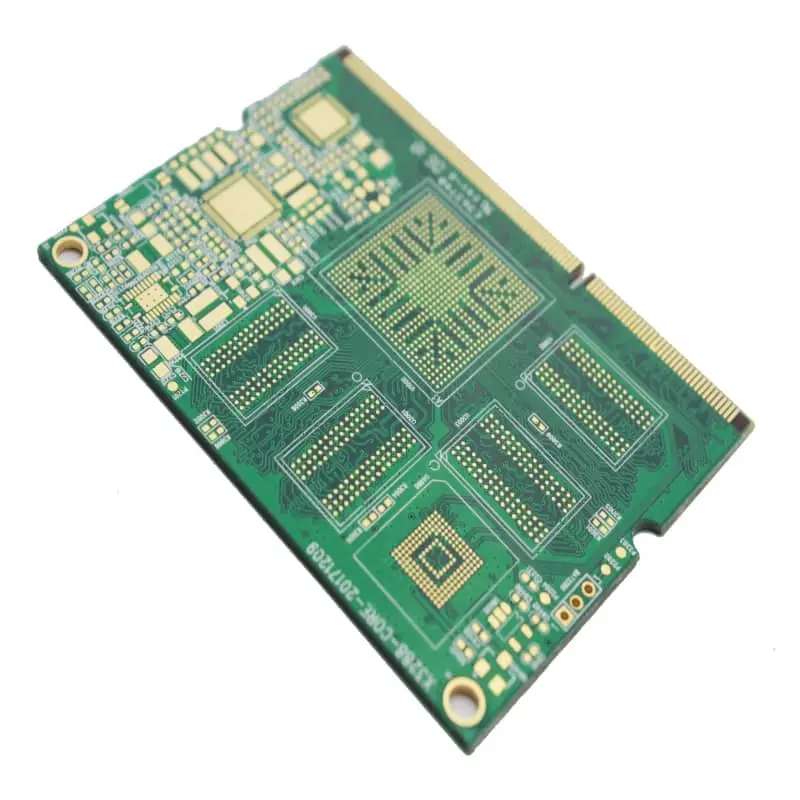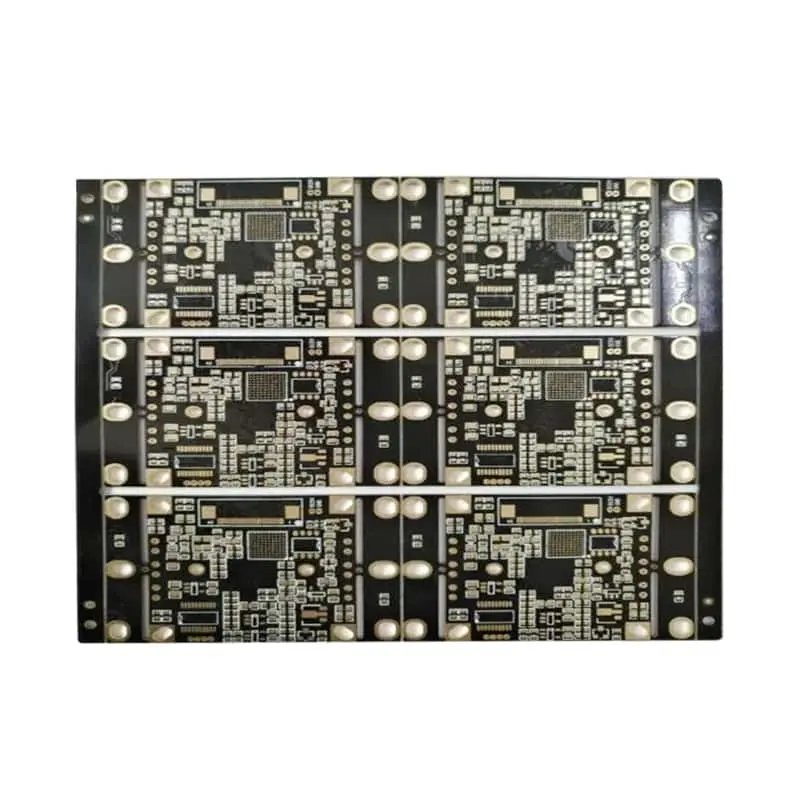A Closer Look Into PCB Coming’s Typical PCB Thickness
Printed Circuit Boards (PCBs) are integral to modern electronics, serving as the foundation upon which circuits are built. One of the critical aspects of PCBs is their thickness, which can significantly impact performance, reliability, and application. In this article, we delve into the typical PCB thickness offered by PCB Coming, providing insights into its importance, variations, and applications.
Understanding the Typical PCB Thickness
PCB thickness is a crucial parameter that affects the mechanical and electrical properties of the board. The thickness of a PCB typically ranges from 0.4mm to 3.2mm, with standard thicknesses like 1.6mm being the most common in many applications. However, the optimal thickness can vary depending on the specific requirements of the electronic device.
Importance of Typical PCB Thickness
The typical PCB thickness plays a vital role in various aspects of a PCB’s performance:
Mechanical Strength: Thicker PCBs provide better mechanical support and durability, essential for devices subjected to physical stress.
Thermal Management: The thickness can influence the PCB’s ability to dissipate heat, which is critical for high-power applications.
Electrical Performance: The thickness affects impedance control, signal integrity, and overall electrical performance, which is crucial for high-frequency circuits.
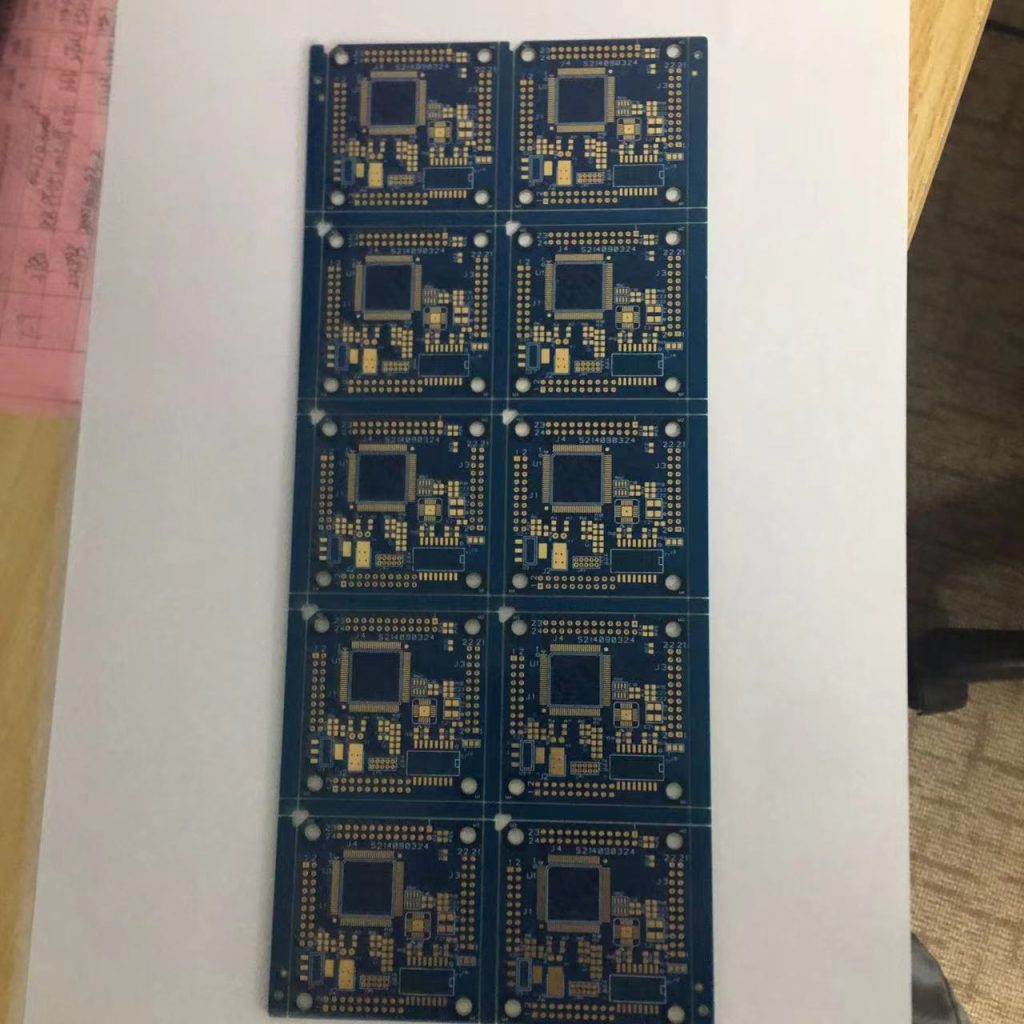
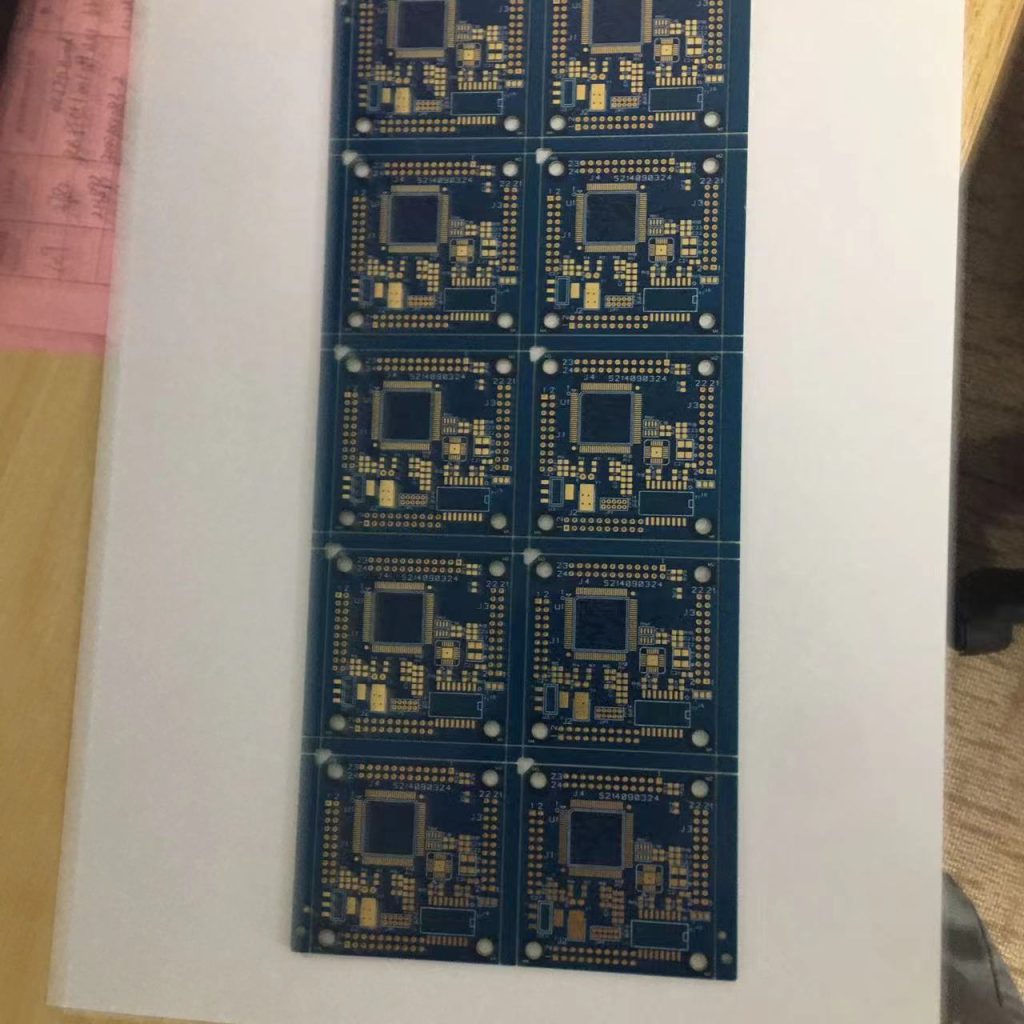
Common Thickness Variations
PCB Coming offers a range of typical PCB thicknesses to cater to different applications. Some of the common variations include:
0.8mm: Ideal for compact and lightweight devices, such as mobile phones and wearables.
1.6mm: The most widely used thickness, suitable for general electronic applications, offering a balance between strength and flexibility.
2.4mm: Often used in industrial applications where higher mechanical strength and durability are required.
Applications of Different PCB Thicknesses
Choosing the appropriate PCB thickness depends on the specific application and requirements. Here are some examples of how different typical PCB thicknesses are utilized:
Consumer Electronics: Devices like smartphones, tablets, and laptops often use thinner PCBs (0.8mm to 1.2mm) to maintain a slim profile while ensuring adequate performance.
Industrial Equipment: Thicker PCBs (2.4mm) are common in industrial machinery and equipment, providing the necessary durability and thermal management.
Automotive Electronics: PCBs in automotive applications require robust and reliable designs, typically using standard thicknesses (1.6mm) to balance performance and durability.
Factors Influencing PCB Thickness Choice
Several factors influence the choice of typical PCB thickness for a given application:
Component Density: High-density designs may require thinner PCBs to accommodate more components in a limited space.
Power Requirements: High-power circuits benefit from thicker PCBs to manage heat dissipation effectively.
Environmental Conditions: Harsh environments may necessitate thicker PCBs to withstand physical stress and thermal variations.
Cost Considerations: Thicker PCBs generally cost more due to the additional material and processing requirements.
Advantages of Choosing the Right PCB Thickness
Selecting the appropriate PCB thickness for your application offers several benefits:
Enhanced Reliability: Ensures the PCB can withstand operational stresses and environmental conditions.
Optimized Performance: Balances electrical and thermal properties to meet the device’s performance criteria.
Cost Efficiency: Avoids over-engineering by using the right thickness for the specific application, leading to cost savings.
Conclusion
Understanding and selecting the right typical PCB thickness is crucial for optimizing the performance and reliability of electronic devices. PCB Coming provides several PCB components and devices that consist of many typical PCB thicknesses to meet diverse application needs, ensuring that you can find the perfect balance for your design requirements.
Whether you are developing consumer electronics, industrial equipment, or automotive systems, do check out PCB Coming’s website by clicking here!
